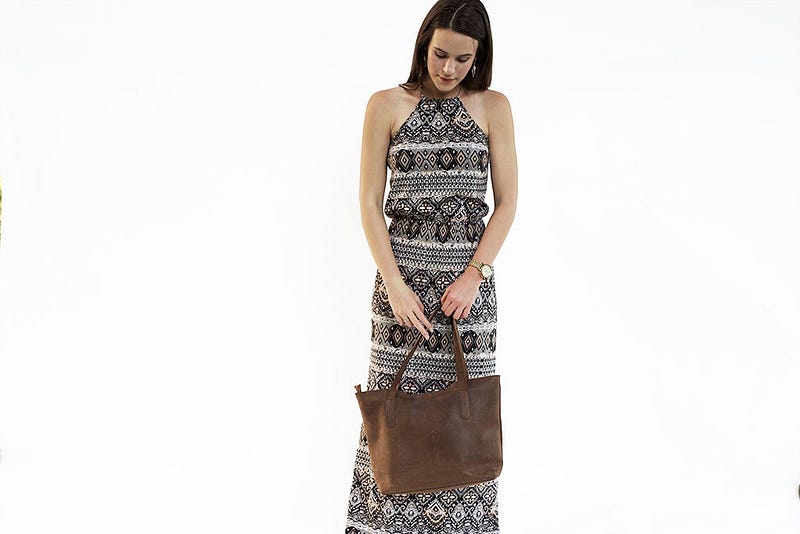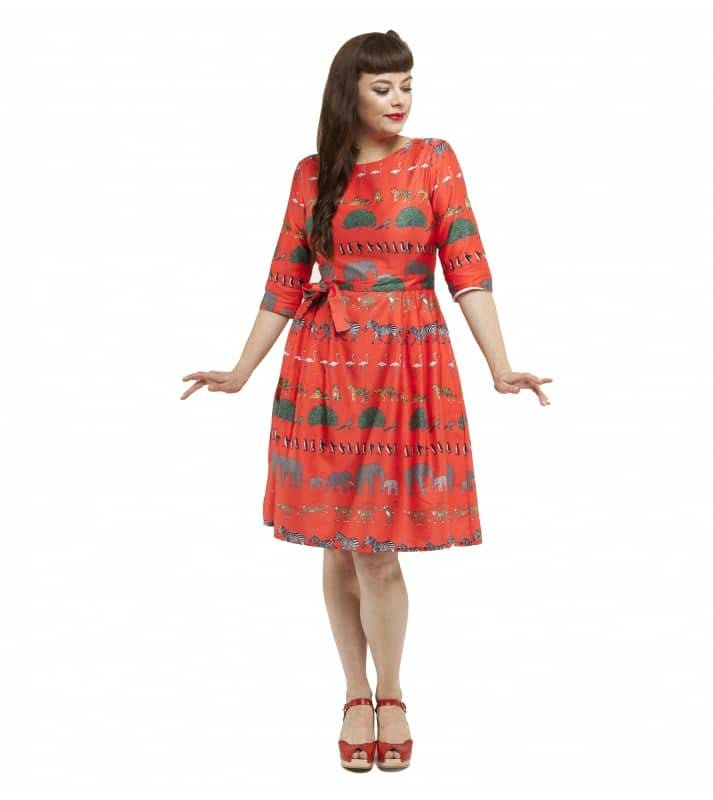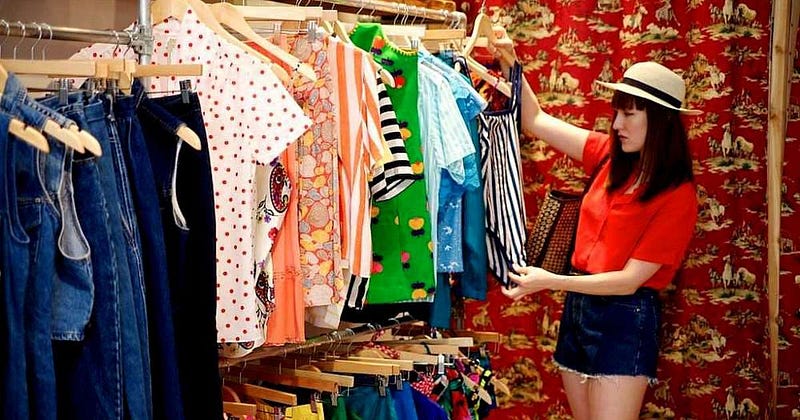Have you ever wondered where your clothing is made?
Many of us never give it a second thought.
Clothing tags may list countries such as Bangladesh, India and China, but for most consumers in Western society, it’s out of sight, out of mind.
That’s why tragedies such as the building collapse of a factory in Bangladesh are so shocking. A structural failure caused the eight-story building to collapse, taking the lives of 1,134 workers.
It’s hard for us as Western consumers to reconcile the pristine, shiny retail stores of Benetton and Forever 21 with the treacherous factories that produce their merchandise.
It’s not just dangerous working conditions, either. In Southern India, young girls are often bonded into labor to produce cotton textiles.
It’s an ugly truth, but you may have garments in your closet right now that were manufactured in some of these environments.
So how do we, as Western consumers make a difference?
- Research where our clothing is manufactured
- Support ethical clothing production
- Continue to practice consumer awareness in all areas
The more we support garment manufacturers that commit to ethical business practices, the more other businesses will follow.
Here are some helpful resources to find out how your clothes are made.
- Fashion Transparency Index — This document provides information on how much manufacturers know about their supply chains.
- Avoid Plugin — This plugin provides information on the use of child labor by manufacturers.
- Shop Ethical — This app out of Australia provides company information on products.
- The Higg index — This index measures the social and environmental impact a product has from start to finish.
What steps have you taken to shop ethically? What are some of the tools you use? Join the conversation below!





Comments
Post a Comment